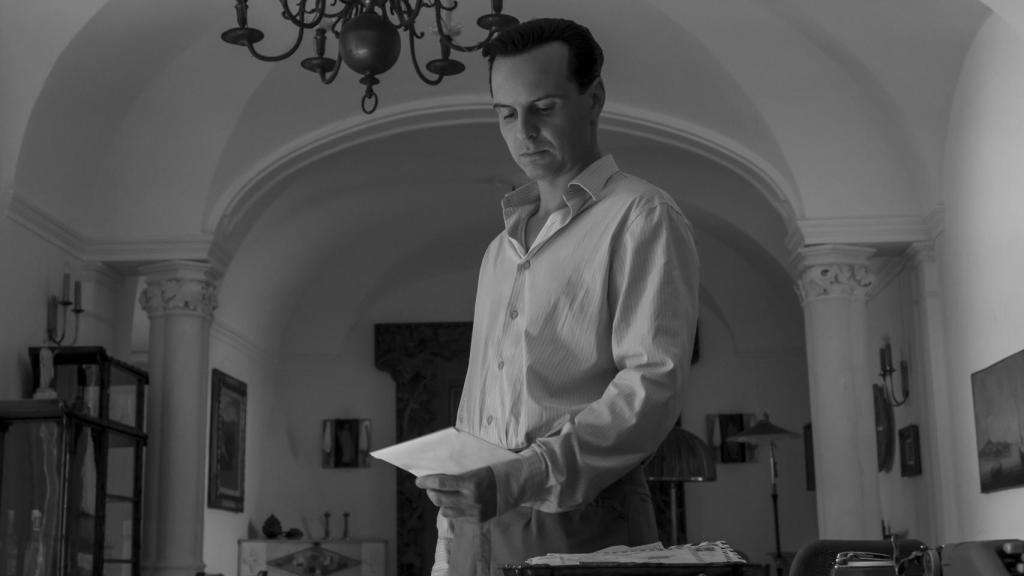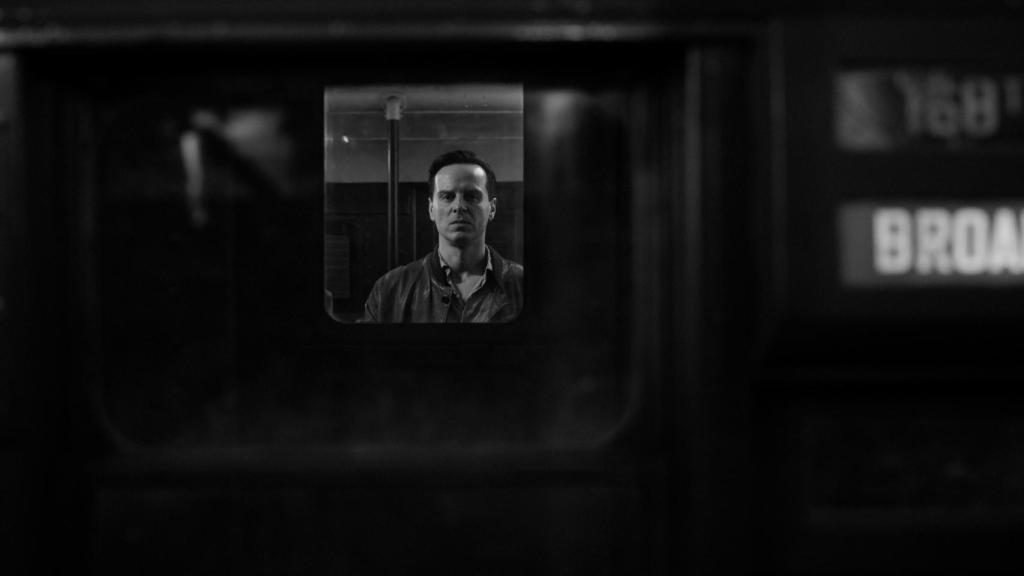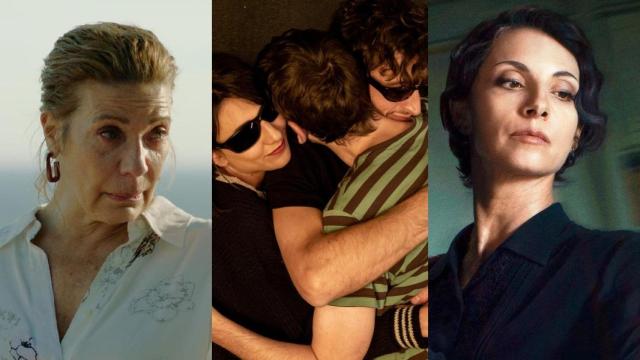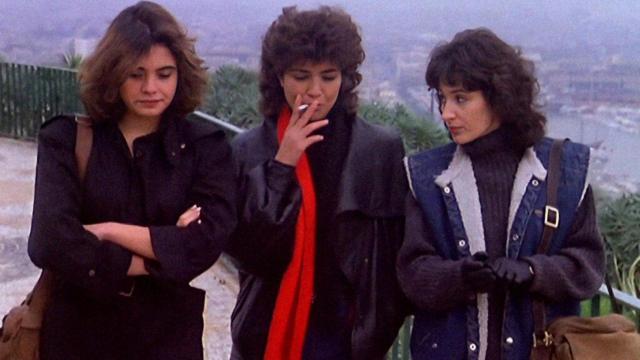
You can see it all in one weekend: a thrilling thriller with Andrew Scott and the soul of an instant classic
The miniseries becomes the third adaptation of Patricia Highsmith and is available on streaming platforms.
There are literary sagas whose impact is so great that they end up having more than one adaptation on the small or big screen. This is the case of the novels by Patricia Highsmith that feature Tom Ripley and are among the best-selling and most influential within the thriller genre.
Due to the popularity they achieved, these books have had several adaptations like Purple Noon (1960), which can be seen on Filmin and was the first one made. Then came the version directed by Anthony Minghella The Talented Mr. Ripley (1999), which managed to bring together Matt Damon, Jude Law, and Gwyneth Paltrow and received several Oscar nominations.
With this history, Steven Zaillian felt a certain pressure when approaching the miniseries Ripley, with which he was obliged to do something different based on the material and the story we know. And, fortunately, Ripley has managed to stand out from previous proposals.
Tráiler | 'Ripley'
The series starring Andrew Scott adapts Highsmith's first novel and although it modifies the age of its protagonists -who are at least ten years older than in the book-, it does not incorporate more noticeable changes compared to previous adaptations.
In the series we get to know Tom Ripley (Andrew Scott), who one day is contacted by Herbert Greenleaf (Kenneth Lonergan). He asks him to travel to Italy to convince his pretentious son Dickie (Johnny Flynn) to return home, but Ripley's intentions will be very different. And the good thing about the Netflix series is that it delves into exploring and developing the protagonist's motivations, allowing us to know more about him and understand why he behaves or perceives the world in that way.
Why it's in black and white

'Ripley'
Unlike other adaptations, Ripley has opted for a monochromatic style for the image, leaving aside the vibrant and striking colors of the Italian landscapes and the city of New York in the 60s. This could have harmed the series, but its creator was aware of the risks from the beginning and still wanted to take the plunge, seeking inspiration from the classic film noirs of the 40s.
"I knew from the beginning that Ripley should have a film noir style" because "it was in line with the sinister and dark nature" of the story, revealed Zaillian, aware that this chromatic range did not limit the series, but made it grow, creating more suspense, even in the parts where there is less on-screen action.
*This article has been automatically translated using artificial intelligence




